The building of custom web applications is becoming popular among enterprises. Every brand is developing an app where consumers can make purchases. Additionally useful for internal communication are these apps. Companies such as yours wish to give their apps a distinctive feel. They intend to use those apps for branding and omnichannel marketing.
In order to improve communication with your internal stakeholders and customers, you should also use bespoke web application development services. You’ll have a special point of contact with the audience thanks to these apps. No other plugins or apps are required in order to collect useful data. It is simple to obtain all the necessary data from the apps and use it to create a better product.
A variety of patterns and techniques are used while developing custom web applications to assist guarantee the application’s scalability, maintainability, security, and user-friendliness. The following are some cutting-edge designs and industry standards for developing unique web applications:
1. Modular and Component-Based Architecture
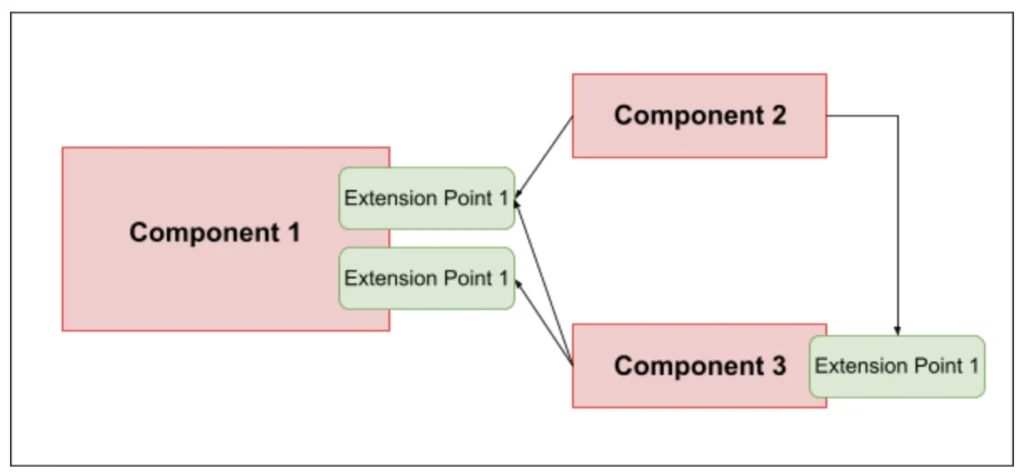
- Pattern: Break down the application into smaller, reusable components or modules.
- Benefits: Enhances code reusability, simplifies maintenance, and promotes better organization.
- Technologies: Frontend frameworks like React, Angular, and Vue.js, and backend architectures like microservices.
2. Microservices Architecture
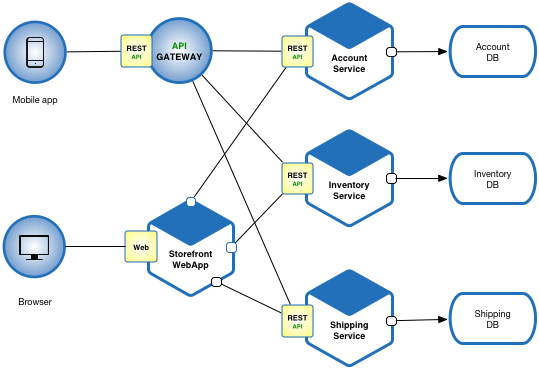
- Pattern: Split the application into independent, loosely coupled services that communicate through APIs.
- Benefits: Improves scalability, allows independent deployment, and makes the system more resilient.
- Use Cases: Ideal for large, complex applications that need to scale specific parts of the system independently.
3. API-First Development
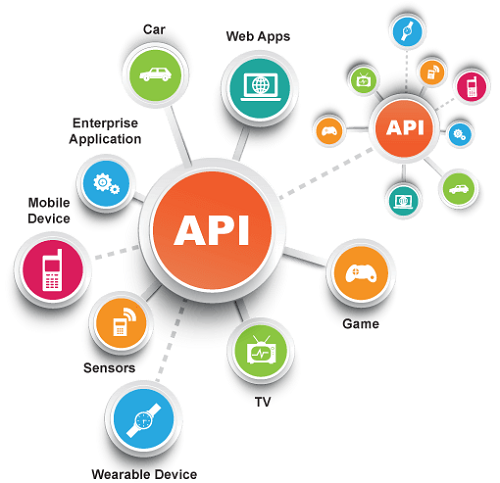
- Pattern: Design and develop APIs before building the application’s frontend or other services.
- Benefits: Ensures clear contract definitions, promotes reusability, and allows parallel development.
- Technologies: RESTful APIs, GraphQL, OpenAPI/Swagger.
4. Progressive Web Apps (PWA)
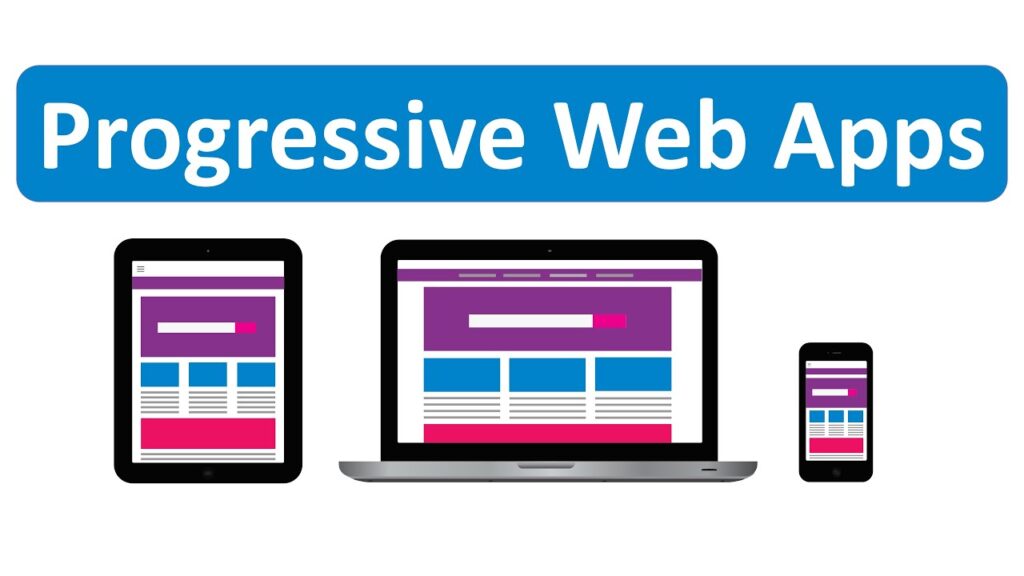
- Pattern: Create web applications that provide a native-like experience with offline capabilities, push notifications, and responsive design.
- Benefits: Better performance, improved user engagement, and broader device compatibility without the need for a native app.
- Technologies: Service Workers, Web App Manifest, and caching strategies.
5. Single-Page Application (SPA)
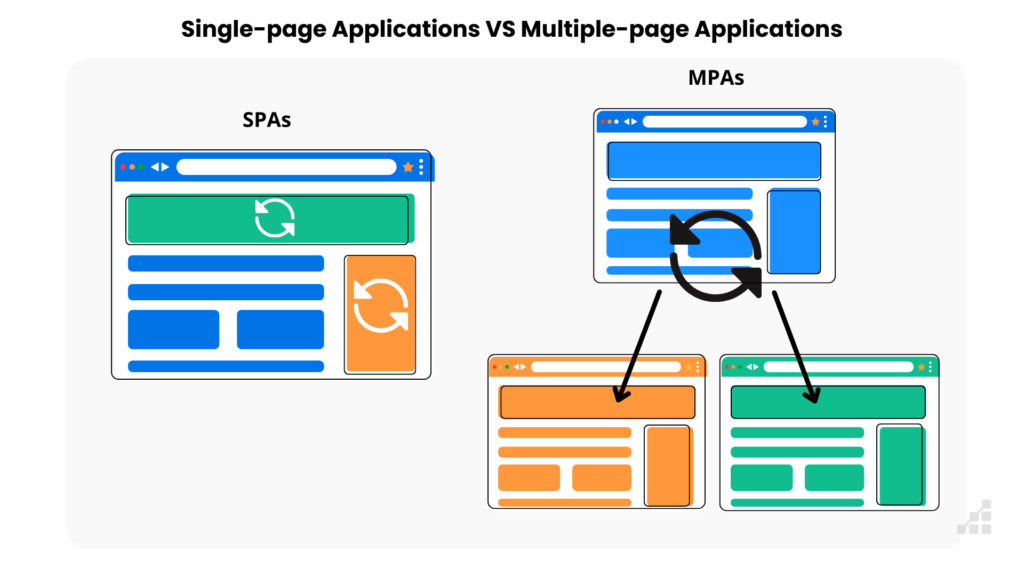
- Pattern: Load the application as a single page and dynamically update the content without refreshing the page.
- Benefits: Provides a smoother, faster user experience and reduces server load.
- Technologies: React, Angular, Vue.js, or Svelte.
6. Server-Side Rendering (SSR) and Static Site Generation (SSG)
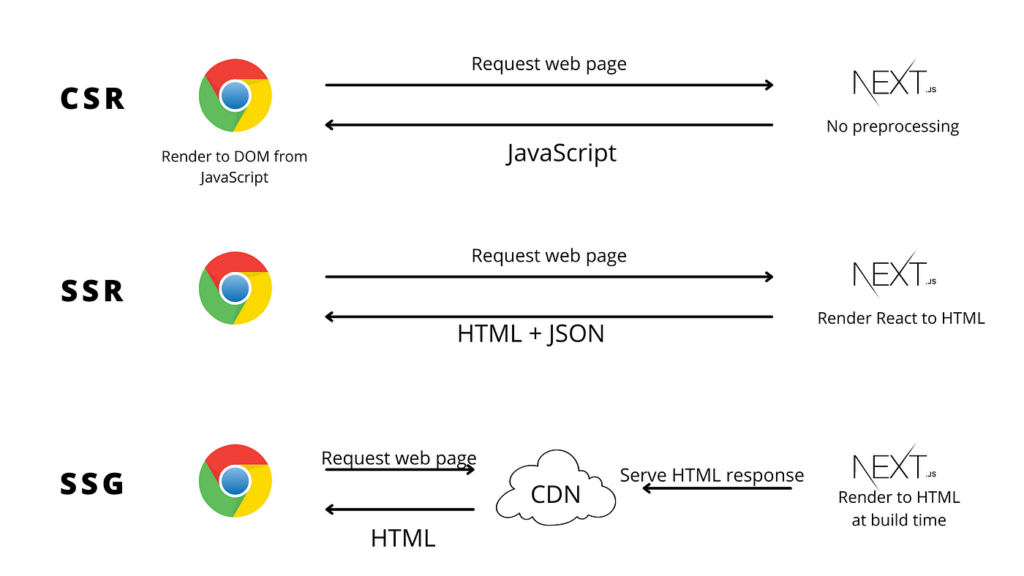
- Pattern: Pre-render pages on the server (SSR) or at build time (SSG) to enhance performance and SEO.
- Benefits: Improves load times, SEO, and user experience, especially for content-heavy sites.
- Technologies: Next.js, Nuxt.js, Gatsby.
7. DevOps and Continuous Integration/Continuous Deployment (CI/CD)

- Pattern: Automate the integration, testing, and deployment processes.
- Benefits: Faster release cycles, reduced manual errors, and more consistent environments.
- Tools: Jenkins, GitHub Actions, GitLab CI/CD, CircleCI, Docker, Kubernetes.
8. Security-First Approach
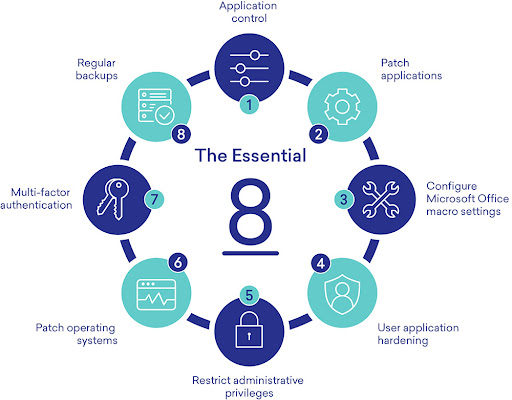
- Pattern: Integrate security practices from the beginning, such as authentication, authorization, data validation, and encryption.
- Benefits: Reduces vulnerabilities and ensures the application is secure against common threats like SQL injection, XSS, and CSRF.
- Practices: Use of OAuth2, JWT, secure coding standards, and vulnerability testing tools like OWASP ZAP.
9. State Management Patterns
- Pattern: Manage application state efficiently, especially in complex SPAs.
- Benefits: Consistent data flow, easier debugging, and predictable application behavior.
- Technologies: Redux, Vuex, Context API, and Zustand.
10. Test-Driven Development (TDD) and Behavior-Driven Development (BDD)
- Pattern: Write tests before coding the actual features to ensure code quality and functionality.
- Benefits: Reduces bugs, clarifies requirements, and facilitates refactoring.
- Tools: Jest, Mocha, Jasmine, Cypress, Selenium.
11. Responsive and Accessible Design
- Pattern: Build applications that work on various devices and are accessible to all users, including those with disabilities.
- Benefits: Expands user base, meets legal standards, and enhances user experience.
- Technologies: CSS Flexbox/Grid, ARIA roles, and tools like Lighthouse for accessibility testing.
12. Event-Driven Architecture
- Pattern: Design the system to react to events asynchronously, enhancing responsiveness and decoupling components.
- Benefits: Improved system scalability, flexibility, and easier integration of real-time updates.
- Technologies: Kafka, RabbitMQ, AWS SNS/SQS.
13. Infrastructure as Code (IaC)
- Pattern: Manage and provision infrastructure using code instead of manual configurations.
- Benefits: Easier to replicate environments, more reliable deployments, and better version control.
- Tools: Terraform, AWS CloudFormation, Ansible.
These patterns and practices help streamline the development process and ensure high-quality, robust custom web applications.


